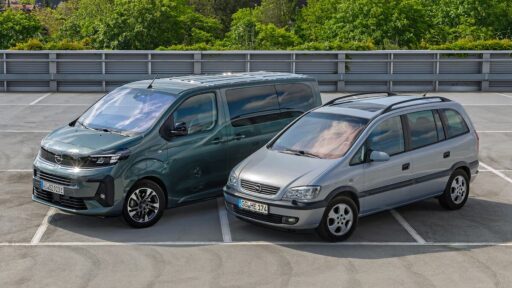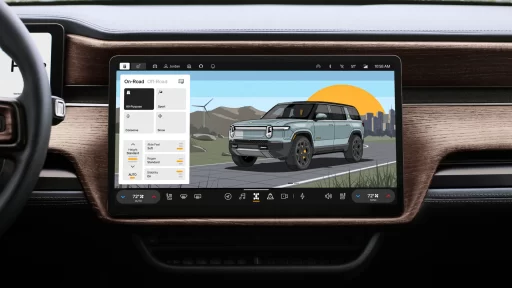Rüsselsheim—Embodying practicality, efficiency, and emotional appeal, Opel’s people movers, including the Zafira and Combo, are known for their spacious, flexible interiors. The latest addition to this lineup, the new Opel Frontera, recently premiered in Istanbul and debuted publicly in Rüsselsheim, marking the anniversary of 125 years of automobile manufacturing at Opel. The Frontera, like its siblings, will offer seating for up to seven passengers.
A Legacy of Innovation
The Opel Zafira, celebrating its 25th anniversary this year, revolutionized the compact van segment with its Flex7 seating system, allowing for easy transformation between passenger and cargo configurations without removing any seats. This innovation earned the Zafira multiple “Golden Steering Wheel” awards. Moreover, the Zafira served as the foundation for Opel’s HydroGen fuel cell vehicles, paving the way for the modern Vivaro HYDROGEN and future Movano HYDROGEN.
READ MORE: Roger Federer’s old, modest-looking Mercedes for sale for £194,000
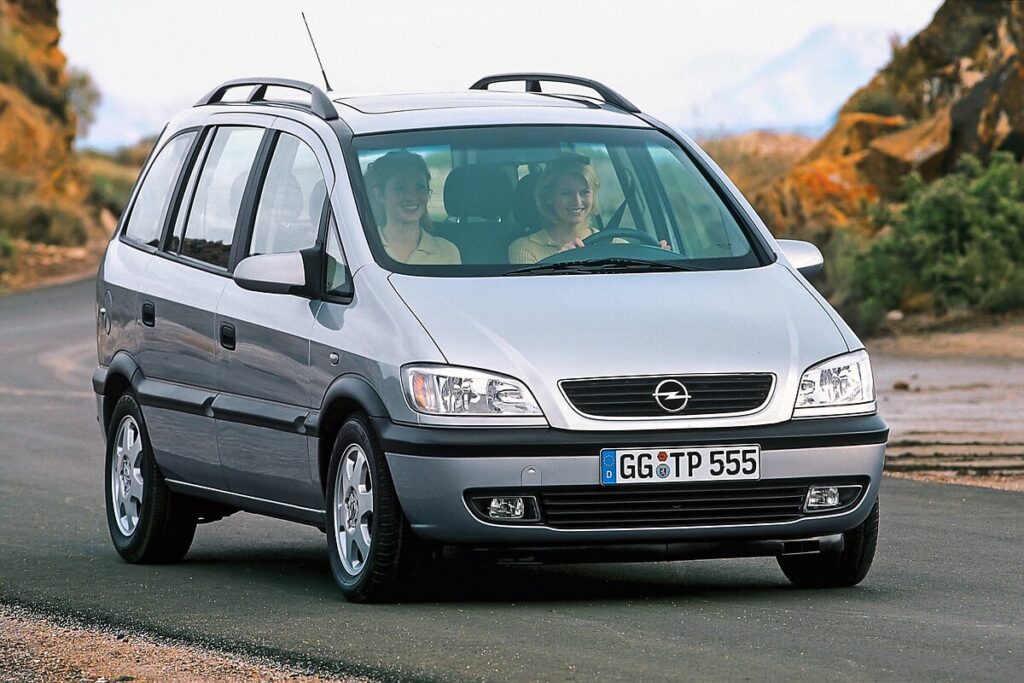
Pioneering Flex7 Seating System
In 1999, the Opel Zafira debuted with a pioneering seating system that set new standards for interior flexibility. The Flex7 system allowed the Zafira to switch from a seven-seater to a spacious cargo carrier in just 15 seconds, without removing any seats. This innovation was a game-changer, offering up to 1,700 liters of luggage space and the ability to accommodate long objects up to three meters.
Award-Winning Versatility
The Zafira’s groundbreaking design earned it the “Golden Steering Wheel” award three times. The second-generation Zafira, launched in 2005, improved further with a 40:20:40 split second row, enhancing comfort and flexibility. The Zafira Tourer, a premium variant, also won the “Golden Steering Wheel” with its luxurious interior and advanced features like radar-based speed control and Forward Collision Alert.
Sporty and Efficient
In 2001, Opel introduced the Zafira OPC, combining the practicality of a van with the performance of a sports car. With a 192 hp turbo engine, the Zafira OPC became Europe’s fastest van. The same year, Opel also launched the Zafira 1.6 CNG, a compressed natural gas variant that offered reduced emissions and maintained full interior flexibility.
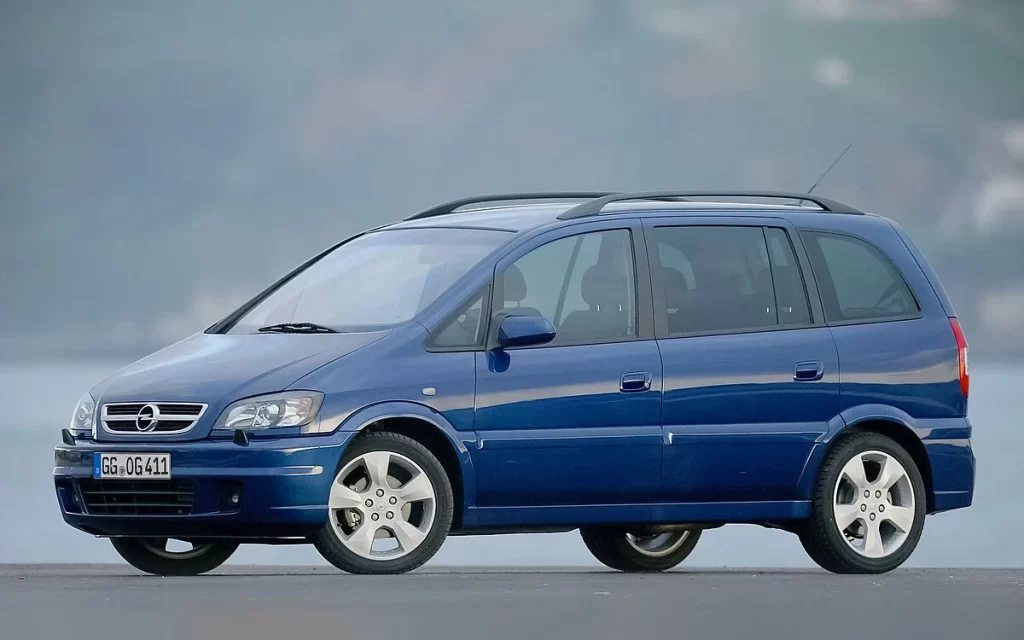
Hydrogen Fuel Cell Pioneer
Opel’s commitment to emissions-free driving was evident with the Zafira-based HydroGen1, launched in 2000. This model featured a hydrogen fuel cell, leading to subsequent iterations like the HydroGen3, which participated in extensive testing and even won the 2005 Monte Carlo Rally for alternative propulsion vehicles. These early models paved the way for today’s Opel Vivaro HYDROGEN and the upcoming Movano HYDROGEN.
Expanding the Family
Opel continues to innovate with its range of flexible, spacious vehicles. The current Zafira can seat up to eight passengers, while the Combo accommodates seven. The new Frontera, set to be available for order soon, will join this lineup as a compact SUV with seating for seven. Available in hybrid and all-electric versions, the Frontera features practical solutions like an innovative smartphone station and Intelli-Seat comfort for the front seats, embodying Opel’s commitment to efficient, family-friendly transportation.
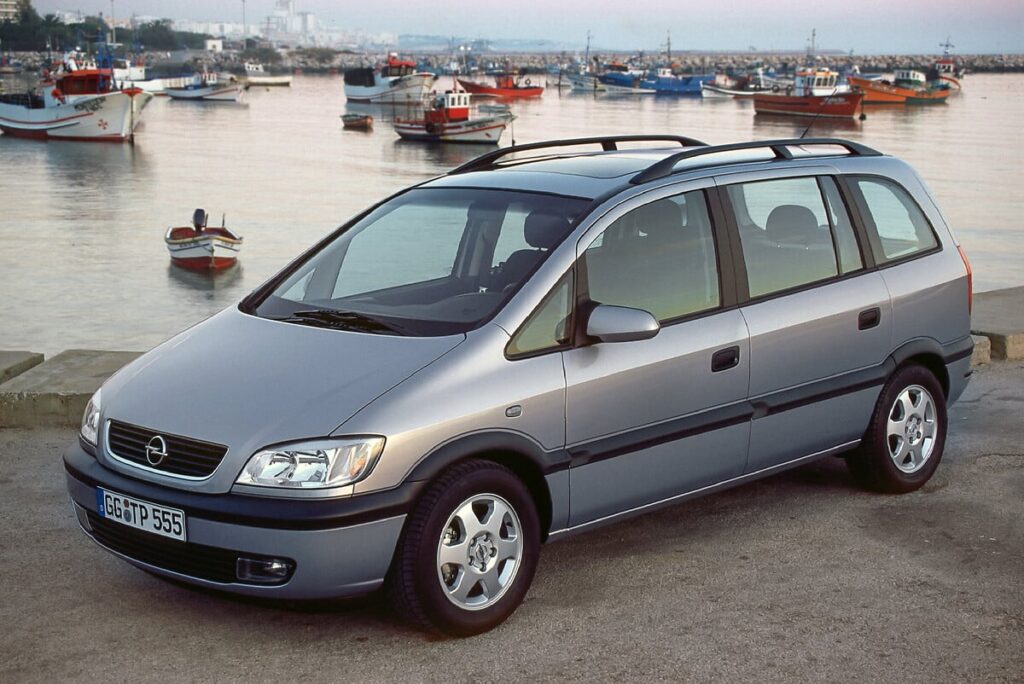
As Opel celebrates its rich history and looks forward to the future, the Zafira and its successors exemplify the brand’s dedication to combining practicality with innovation, ensuring a flexible, comfortable, and efficient driving experience for all.
READ MORE: Lexus UX 300h: Explore Well-Equipped Versions with Benefits Package and Attractive Financing
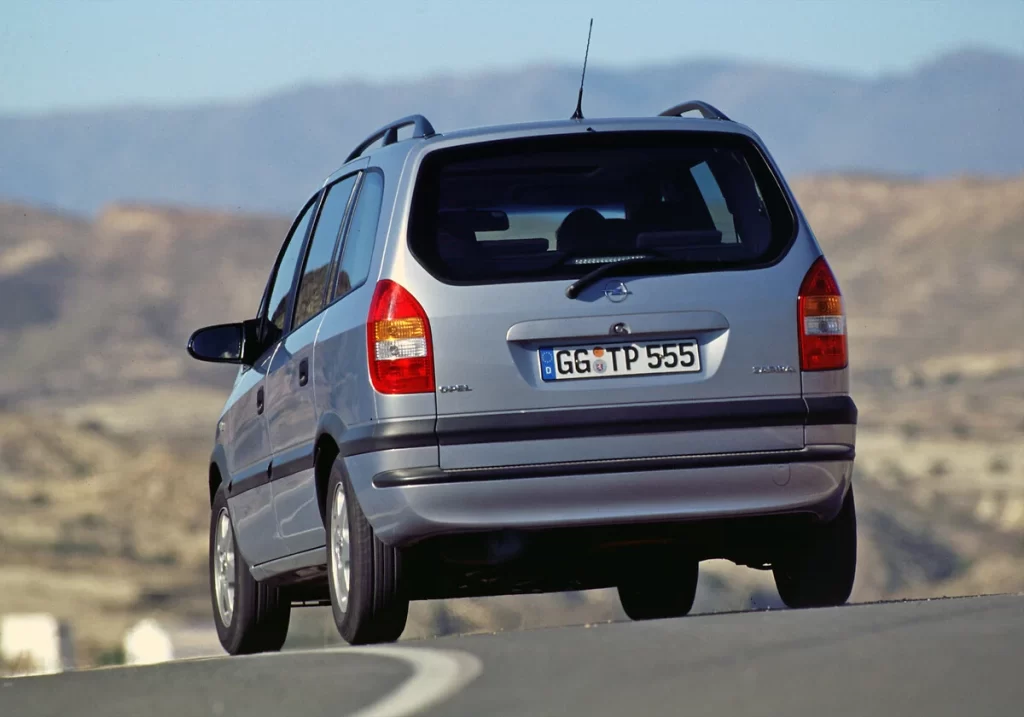
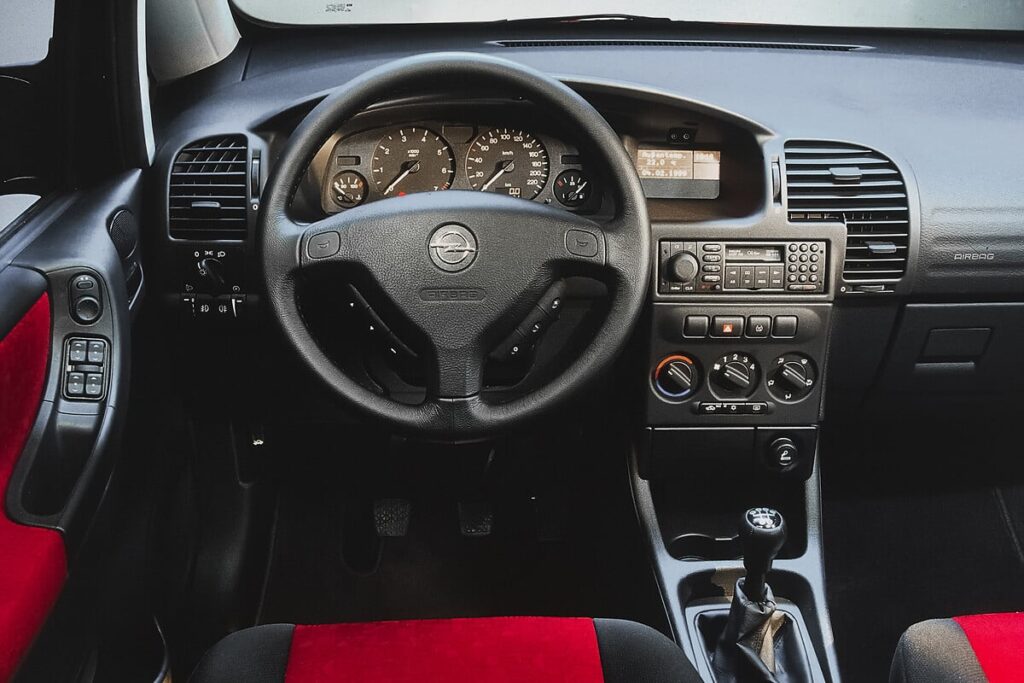
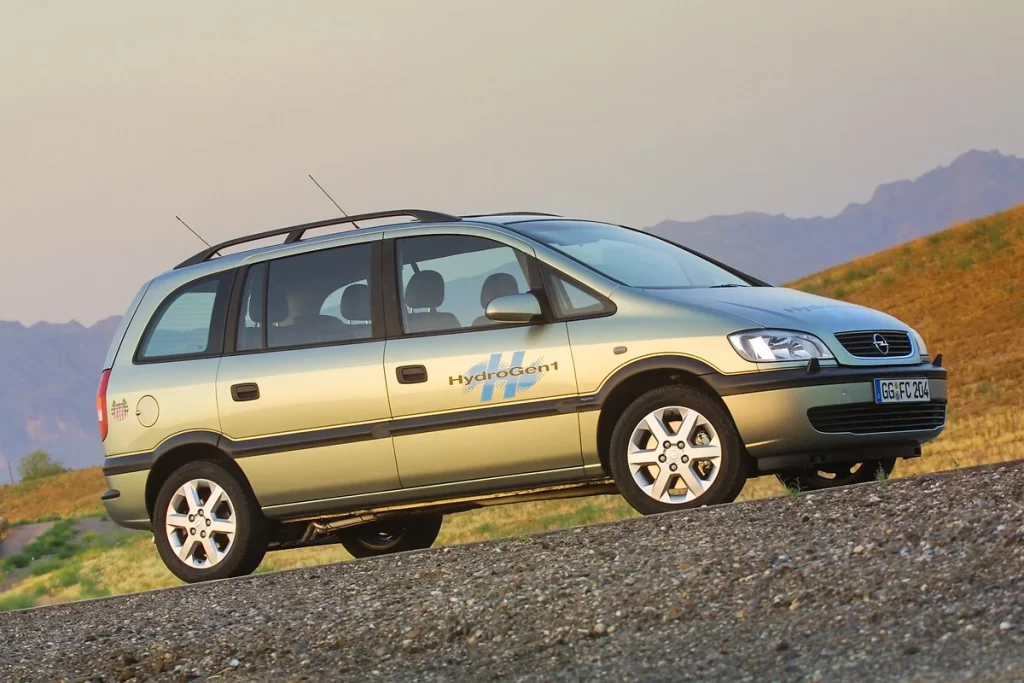
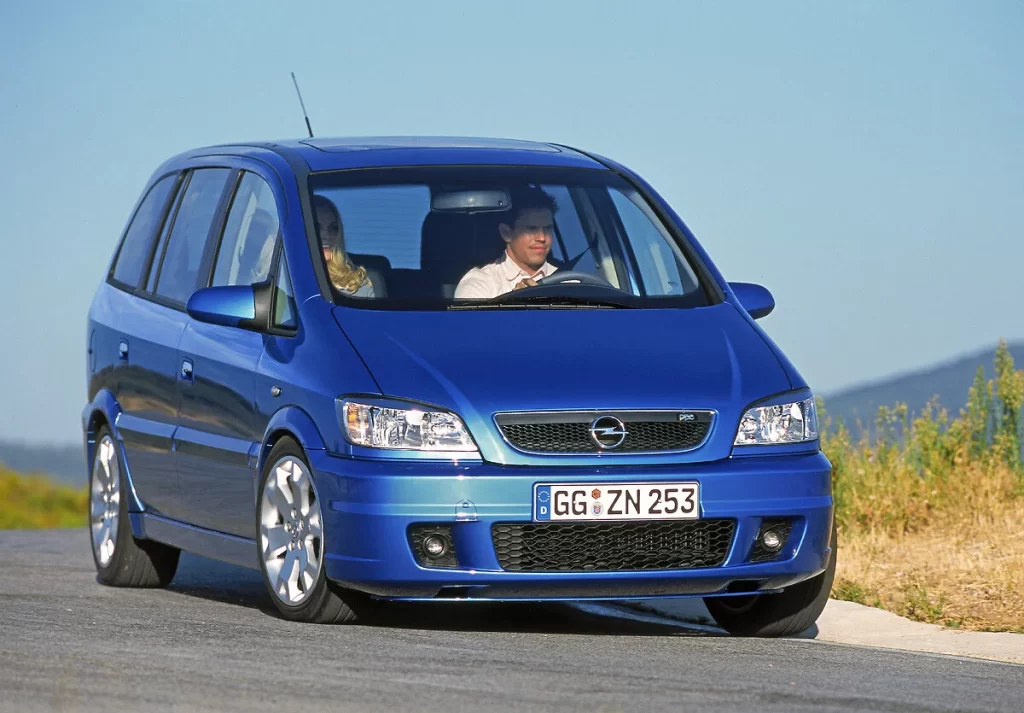
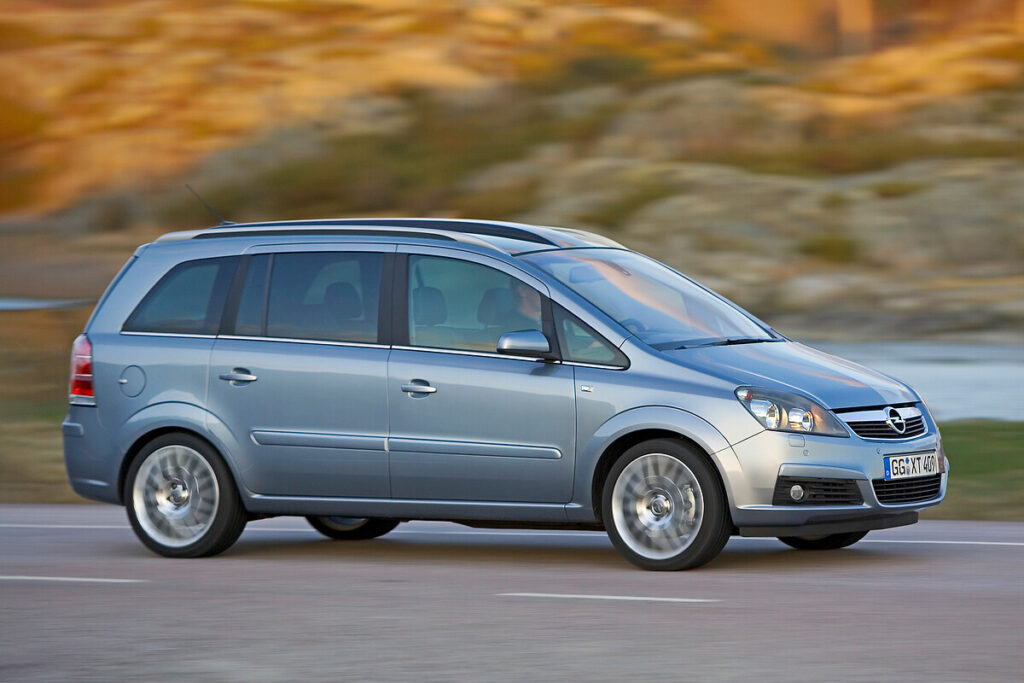
Subscribe today for the freshest car news delivered to your inbox
